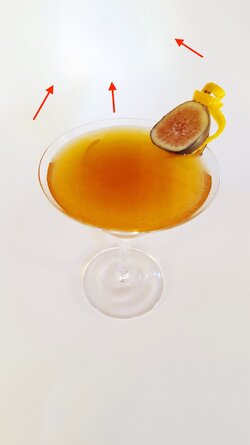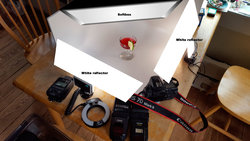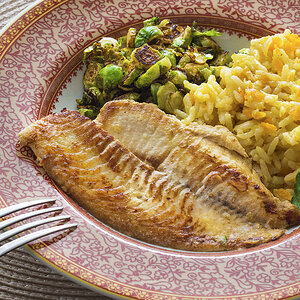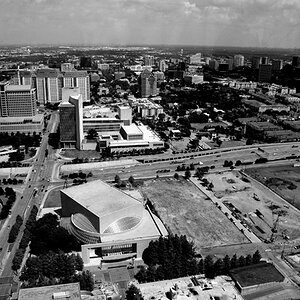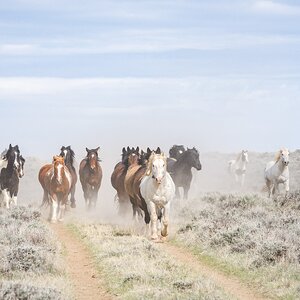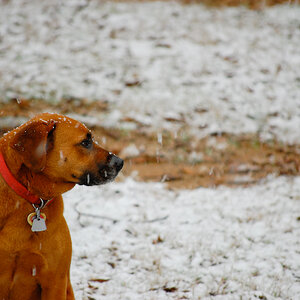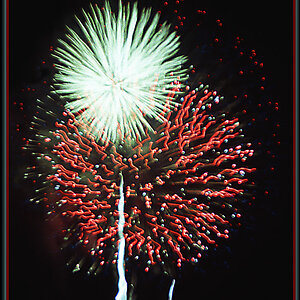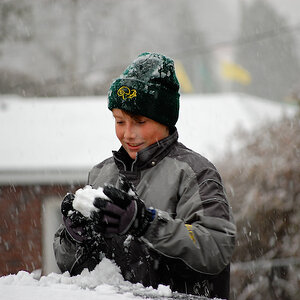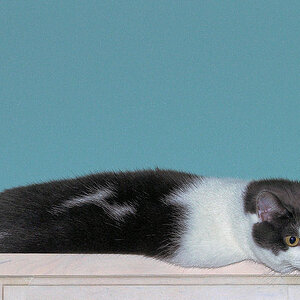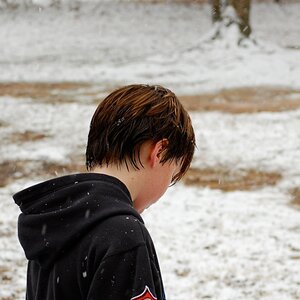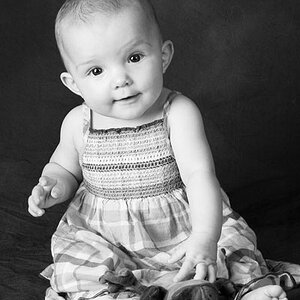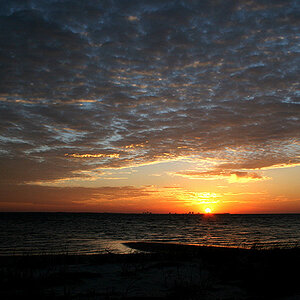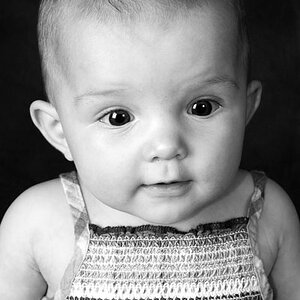JBPhotog
No longer a newbie, moving up!
- Joined
- Mar 26, 2018
- Messages
- 842
- Reaction score
- 337
- Location
- Canada
- Can others edit my Photos
- Photos NOT OK to edit
Your results will be what they are with the gear you are using unless you can manually expose, set the white balance accurately and use lights of known quality. The fact you are mixing flash with LED constant lights will make the job of perfecting white very challenging. I see three distinct highlights which indicates you are not diffusing your light source. There is also a great deal of pixelation in this sample, is this your phone photo?
I would suggest you look for samples of what you are trying to achieve and then deconstruct them. FWIW, A soft box from above and to the back does a nice job of shots like this to illuminate the coloured drink contents and add some highlights to the crushed ice reflections. Front lighting will kill any sparkle and deaden the colours.
I would suggest you look for samples of what you are trying to achieve and then deconstruct them. FWIW, A soft box from above and to the back does a nice job of shots like this to illuminate the coloured drink contents and add some highlights to the crushed ice reflections. Front lighting will kill any sparkle and deaden the colours.
Attachments
Last edited:


